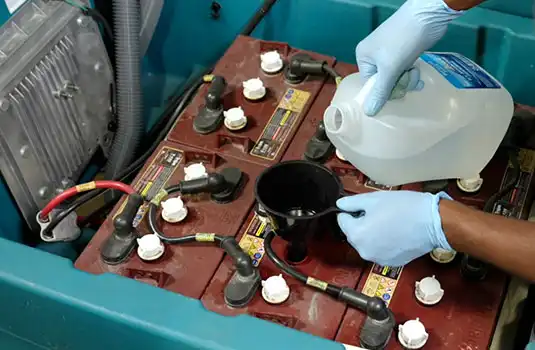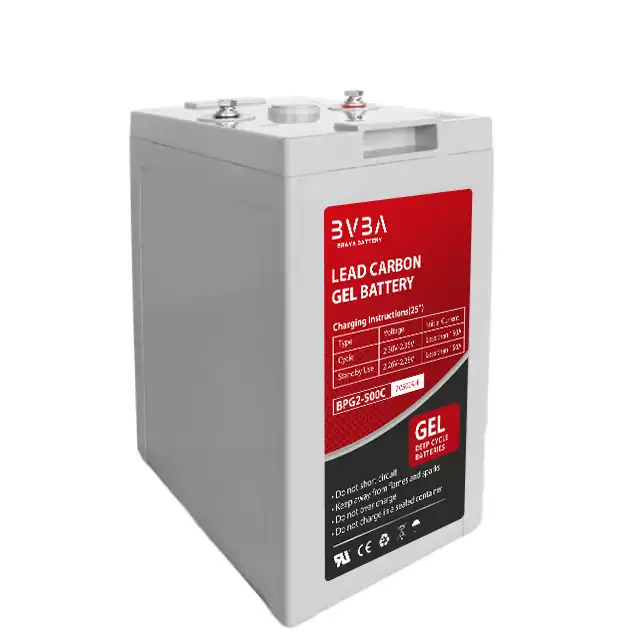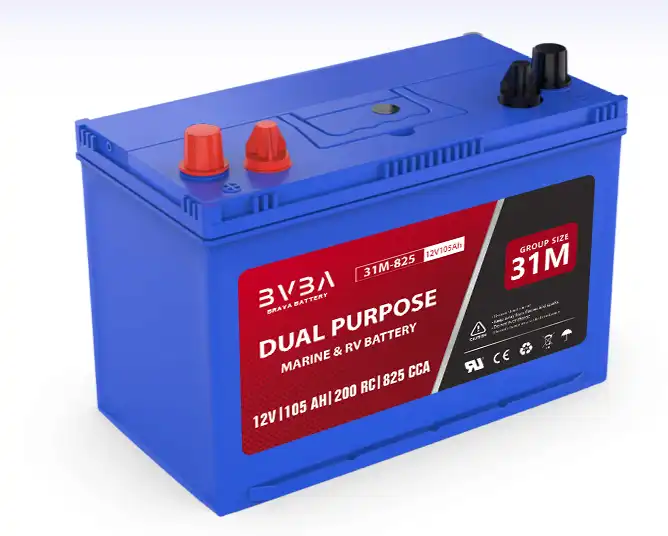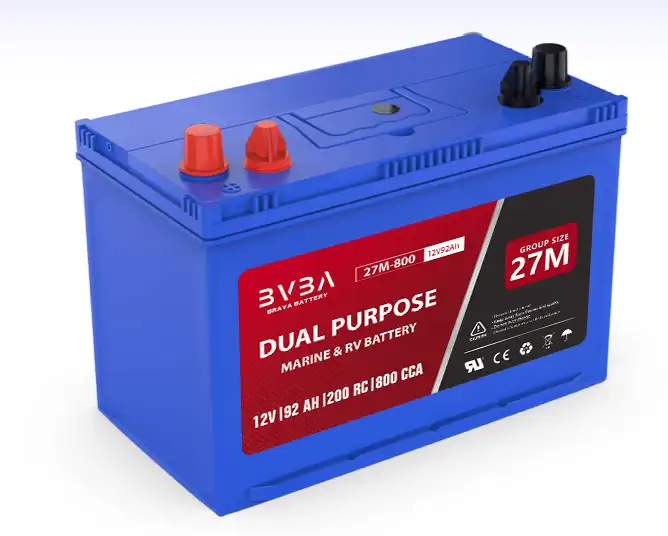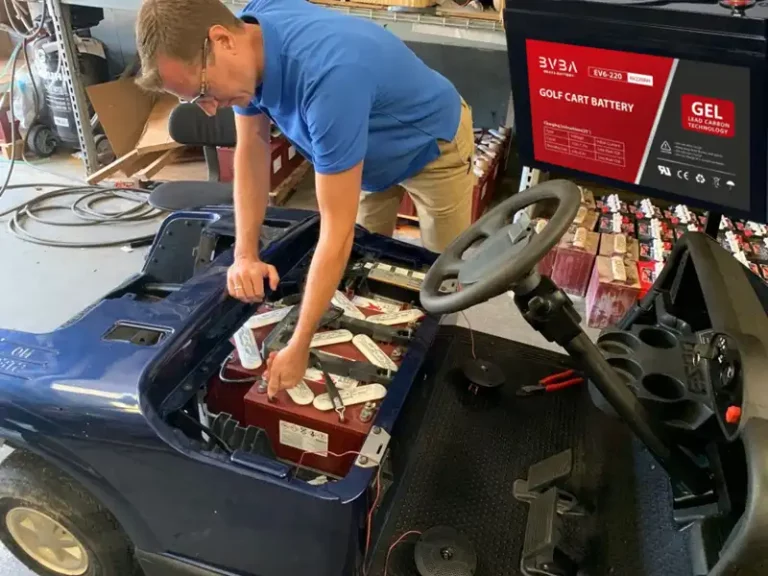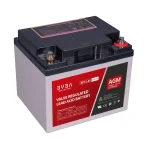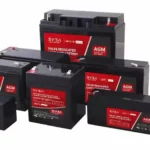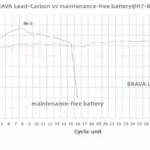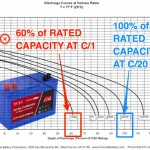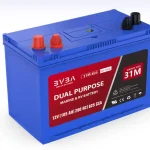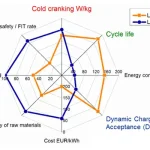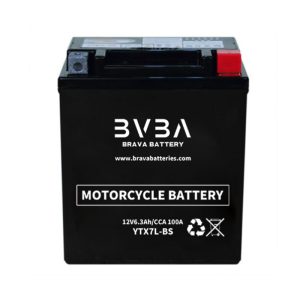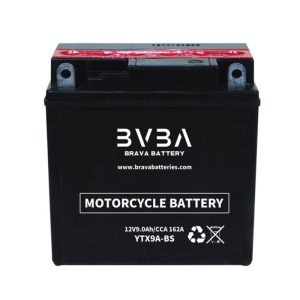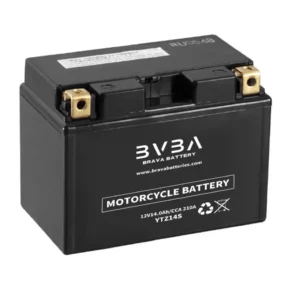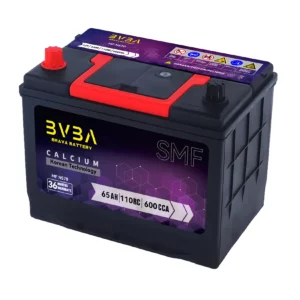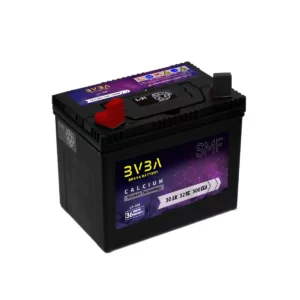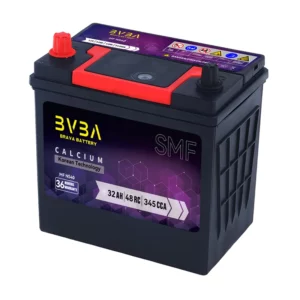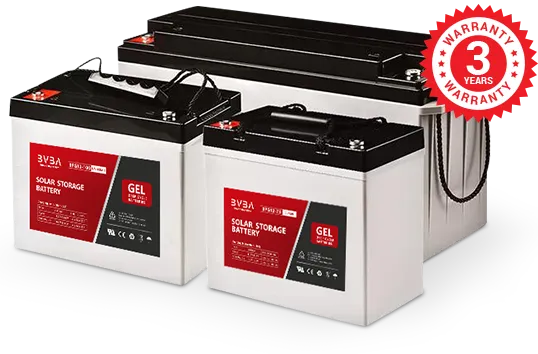16 Causes of Lead-acid Battery Failure
Due to differences in the types of plates, manufacturing conditions and usage methods, there are different reasons for the eventual failure of the battery. In summary, the failure of lead-acid batteries is due to the following conditions
Corrosion variant of positive plates
Alloys cast into the positive plate grid are oxidised to lead sulphate and lead dioxide during the charging process of the battery, which eventually leads to the loss of the supporting active substance and the failure of the battery.
The active material of the positive plate falls off and softens
In addition to the falling off of the active material caused by the growth of the grid, as the charging and discharging are repeated, the combination between the lead dioxide particles also relaxes, softens, and falls off from the grid. A series of factors such as the manufacture of the grid, the tightness of the assembly, and the charging and discharging conditions all have an impact on the softening and falling off of the active material of the positive plate.
Irreversible sulfation
When the battery is over-discharged and stored in a discharged state for a long time, the negative electrode will form a coarse lead sulfate crystal that is difficult to accept charging. This phenomenon is called irreversible sulfation. Slight irreversible sulfation can still be recovered by some methods. In severe cases, the electrode will fail and cannot be charged.
Premature capacity loss
When low-antimony or lead-calcium is the grid alloy, the capacity suddenly drops in the initial stage of battery use (about 20 cycles), which makes the battery invalid.
Severe accumulation of antimony on the active material
The antimony on the positive plate grid is partially transferred to the surface of the negative plate active material as it is cycled. Since the reduction of H+ on antimony has a lower superpotential than on lead by about 200 mV, the charging voltage decreases as the antimony accumulates and most of the current is used for water decomposition, the battery cannot be charged properly and therefore fails.
Heat failure
Heat failure is not a frequent failure mode for lead-acid batteries, but it is not uncommon. Pay attention to the phenomenon that the charging voltage is too high and the battery heats up during use.
Corrosion of the negative busbar
In general, the negative plate grid and busbar do not have corrosion problems, but in valve-regulated sealed batteries, when the oxygen cycle is established, the upper space of the battery is basically filled with oxygen, and the busbar is more or less for the electrolyte in the diaphragm to creep up along the lugs to the busbar. The alloy of the busbar will be oxidised and further lead sulphate will be formed, if the alloy of the busbar is not selected properly, the busbar has slag inclusions and gaps, corrosion will deepen along these gaps, resulting in the lug and busbar disconnecting and the negative plate failing.
Short circuit due to diaphragm perforation
Individual types of diaphragms, such as PP (polypropylene) diaphragms, have large pore diameters, and the PP fuse will be displaced during use, resulting in large pores, and active substances can pass through the large pores during charging and discharging, resulting in micro-short circuits , making the battery useless.
There are many reasons for the vulcanization of valve-regulated sealed lead-acid battery plates, but they are all directly or indirectly related to the long-term discharge or under-charge of the battery. It can be summed up as follows.
Long-term discharge state
This is the direct cause of the sulfidation of the battery. Many other reasons indirectly cause battery vulcanization, which is also caused by discharging the battery and causing the battery to be in a discharged state for a long time without being charged in time.
Insufficient charging for a long time
The part of the active material that has not been charged is vulcanized due to being in a discharged state for a long time.If the float voltage is too low or the temperature drops, the float voltage of the valve-regulated sealed lead-acid battery is not lifted, which will cause the battery to be in a state of insufficient charge for a long time, resulting in a vulcanization failure of the battery.
Often overdischarge or small current deep discharge
This will convert the active substances deep in the plate into lead sulfate, which must be overcharged to recover, otherwise vulcanization will occur due to the lack of timely recovery.
It is not charged in time after discharge
Lead-acid batteries are required to be charged in time within 24 hours after discharge, otherwise they will. It is vulcanized and cannot be fully charged within the specified time.
The equalizing charge is not carried out in time
In the process of using the lead-acid battery, there will be unbalanced phenomenon. The reason is that the battery has been slightly vulcanized, and it must be balanced to eliminate the vulcanization, otherwise the vulcanization will become more and more serious.
No regular charging and maintenance during storage
Lead-acid batteries lose their capacity due to self-discharge during storage.
Regular charging and maintenance is required, otherwise the battery will be discharged for a long time.
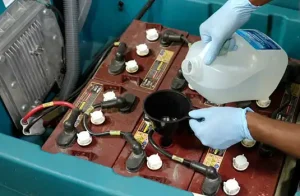
The amount of electrolyte decreases
For ordinary lead-acid batteries, the electrolyte level decreases, exposing the upper part of the plate to the air; for valve-regulated sealed lead-acid batteries, it is the loss of water that reduces the saturation of the electrolyte in the diaphragm, making the plate ineffective. In contact with the electrolyte, the active material is vulcanized because it cannot participate in the reaction.
Serious self-discharge
Self-discharge will quickly turn the recovered lead or lead dioxide into discharged lead sulfate. If the self-discharge is serious, it will not be able to charge.
The density of the electrolyte is too high
If the density is too high, the self-discharge rate of the battery is accelerated, and it is easy to form coarse crystals in the inner layer of the electrode plate. In addition, too high density will lead to misunderstanding that the battery is sufficient and over-discharging during discharge, and mistakenly think that the battery has reached the end of charging when charging, but is actually under-charged, which eventually leads to vulcanization.
The temperature is too high
If the temperature is too high, the self-discharge rate of the battery will be accelerated, and it is easy to form coarse crystals in the inner layer of the electrode plate.
Lead-acid Battery Topic: | Feature | | Applications | | Related Products |
Lead-Acid Battery

